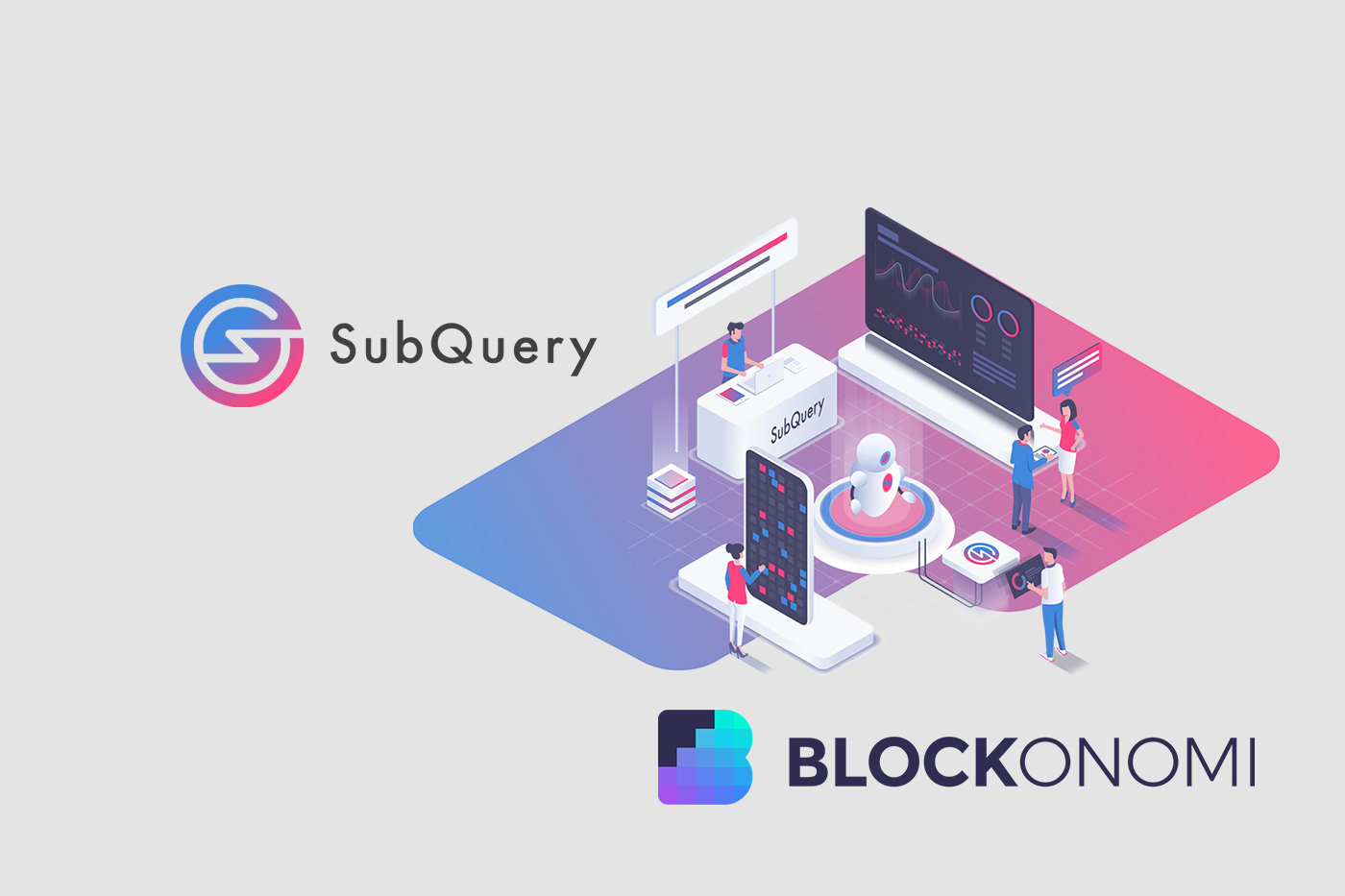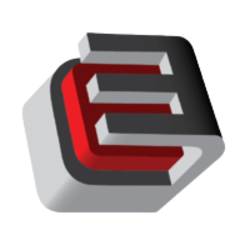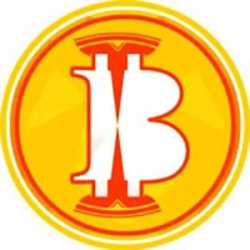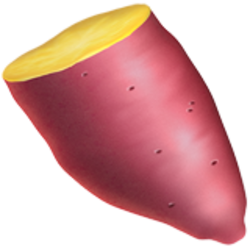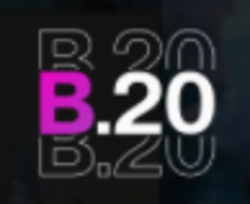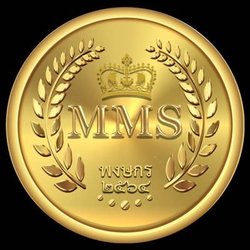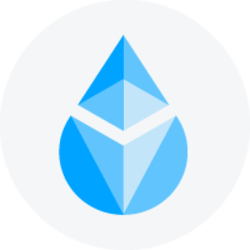SubQuery is a decentralized data aggregation and querying layer between Layer-1 blockchains and decentralized applications (dApps).
It is designed to help developers focus on core use cases and front-end functions – so they don’t have to worry about wasting time on building a custom backend for data processing.
A key problem that SubQuery addresses is the complexity and slow query speeds for chain data. Since it can take days to query simple chain data from Polkadot, it is interfering with a large number of potential use cases for developers.
Although they hit the market later than Bitcoin and Ethereum, Polkadot and Kusama have been growing in the blockchain industry for years
Founded by key members of Ethereum, the ecosystems were designed to overcome the congestion and high gas fee, as well as that, are also the new way to lower both cost and technical barriers to entry blockchain ecosystems.
These blockchains provide a tremendous amount of functionality – and the ability to scale quickly.
SubQuery Sees a Bright Future for Blockchain
Among thousands of other blockchain projects, Polkadot and Kusama stand out because multi-chain networks act as a relay between blockchain projects to ensure security and fast transactions.
By connecting to Polkadot, blockchain projects can leverage its excellent security and transaction speeds.
By connecting to other projects on Polkadot, and bridging to external networks such as Bitcoin and Ethereum, project developers can focus more on the functionality that they want out of their product, as well as benefit from a more efficient process.
In addition, they can also enjoy greater security, and even develop their project faster through the use of Polkadot’s modular building framework, Substrate.
Polkadot smashed into the top 10 cryptocurrencies, overtaking established altcoins such as EOS, Litecoin (LTC), and others after its DOT token redenomination.
Networks can attach to Polkadot by bidding DOT and winning “slot auctions.” DOT is held as a staked bond for as long as the chain is connected. These connected chains are called parachains.
Kusama is a blockchain that uses code that is similar to Polkadot so that they share the same architecture.
Realizing the potential of the Polkadot and Kusama ecosystems, more and more developers are looking to use them while the popularity of decentralized finance is causing the price of ETH to rapidly increase.
What Is SubQuery’s Solution?
SubQuery provides free, production-grade hosting of projects for developers, removing the responsibility of managing infrastructure, and letting developers do what they do best in a building.
SubQuery is like a lego for blockchain developers that provides a solution where a customer can have a complete indexing solution in place for their own custom chain in only a few hours.
There are three main components to the data-as-a-service solutions.
The SDK is an open-source tool for clients to write, build, and run their SubQuery project. Just by having javascript knowledge, a developer can use SDK as the effective “scaffolding” for their own search engine.
It can be run it on their own computer easily, using Docker or via manually running the components. Then, SubQuery offers two components to make the developer experience much more streamlined through its hosted service.
SubQuery Projects is an online application that allows users to publish and deploy their own SubQUery project made by contributors in the community which is managed and run online for free.
Once connected to a GitHub account, developers can share their SubQuery Project with the world within minutes.
On the other hand, SubQuery Explorer, an online managed service that provides access to published SubQuery Projects, allows developers to test queries directly in their browser or get GraphQL API endpoints for each Project.
Like Google search for developers, SubQuery creates a space for developers to explore their inspiration from reference to what others are building.
It’s extremely easy to build a dApp with SubQuery. The team at SubQuery has invested in documentation, tutorials, and workshops to ease the onboarding of new developers.
Why is SubQuery’s Product Unique?
Although there are various other similar platforms designed for developers who are looking to the blockchain ecosystem for solutions, SubQuery can address the existing issues that no other one can handle.
Covalent or scanners with APIs that provide a set of APIs for on-chain data can do a lot, but they aren’t a perfect fit.
These services have a lot of data and are quick to implement, but they are not flexible. Users can’t change the shape of their data as well as can add more data when needed to make their dApps better.
Or, if users can get the flexibility to get the exact data they want, it still takes a lot of time to build an indexing solution and costs a lot of money to maintain and run it. This being the case, it limits the competitiveness of a developer.
SubQuery is the infrastructure that powers all the best dApps in Polkadot since its managed service aspect benefits its users.
SubQuery saves developers time and money so they don’t have to index the blockchain themselves. In addition, the SubQuery solution will serve data to their consumers faster making a better consumer experience.
Users can use the pre-created and publicly available SubQuery projects to explore and retrieve data from all the different indexed data sets.
The key competitive advantage of SubQuery is the focus on the Polkadot ecosystem.
Its solutions allow developers to explore and transform chain data faster even new beginners, building their data solution in only hours. The subQuery is actually a flexible data solution that allows them to be innovative with their next Dapp.
Its closest comparison would be The Graph which has its roots in the Ethereum ecosystem but is moving to other Layer 1’s.
However, SubQuery, which has a foundation in Polkadot, would be built enough of a moat to prevent The Graph from moving in. SubQuery’s long-term plan to take itself and adapt it’s architecture to work for other blockchains that don’t have a current indexing solution.
Another one, SubSquid, a small new entrant into the Polkadot ecosystem, and its architecture is extremely similar to SubQuery.
The SubQuery Token (SQT)
In addition to powering the SubQuery network by offering an incentive for participation, the token SQT also serves as a medium of exchange for transactions within the SubQuery network.
SQT was minted to be tokenized and issued on another Polkadot parachain including Acala.
SubQuery Looks Like a Great Solution
If Polkadot and Kusama are going to displace Ethereum, they need to provide the same level of community services that exist on Ethereum. The SubQuery team is working to help Polkadot and Kusama projects build better dApps.
Not only can anyone find a reliable way to consume data faster, but also can extract, transform, persist, and query data initially, as well as connect and present data in the future.
In March, SubQuery integrated with Acala, a well-known DeFi hub of Polkadot which features many DeFi products for Polkadot and Kusama Network.
As a result, the DeFi data of Acala are available to users and developers via Acala SubQuery Explorer to support storing all the extrinsic data created on Acala.
It also aggregated historical data on liquidity changes, all cross-chain asset swaps, and the transfer history faster in only minutes but did not ask any fees for this service.
By putting in this effort now, SubQuery is ready to help the next generation of blockchain developers create the next big dApp.
To learn more about SubQuery – just click right here!


